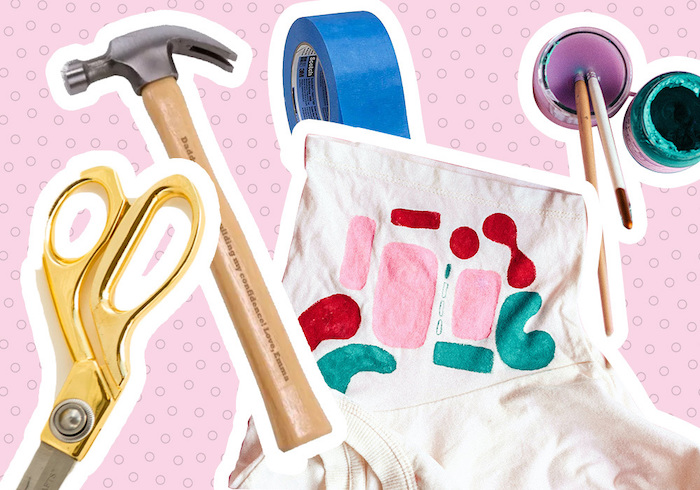The Strange Evolution of DIY
October 2, 2020
If we were to date back five years ago, we would recall that 2015 was the year where a new trend and an acronym, DIY (Do It Yourself), was going to dominate the modern YouTube industry. I understand gamer-fans would disagree with this statement, but we cannot forget how DIY has shaped many of our current YouTube influencers. YouTubers with DIY content would receive millions of views on videos that would cover lifestyle hacks or DIY tips. Let us cruise through the immeasurable journey of how DIY culture originated and how it has become such a remarkable, nostalgic memory in our generation!
Some of us might believe a misconception that DIY first originated in the 21st century, but in reality, it was invented long before the 20th-century.
Dating back to the late 1600s, a mathematician, Joseph Moxon, published a DIY manual, instructing all sorts of phenomenons such as making “metal, draw[ing], do[ing] joinery with wood, engrav[ing], print[ing] books, mak[ing] maps, and mathematical instruments.”
Throughout the centuries, home inventors would handcraft machines, projects, engines, and sculptures that would one day become an invention beneficial to the future.
Originally associated with the hipster and punk culture, modern DIY sparked as a “craft movement” where people from all sorts of communities would design and model objects without having to purchase expensive products. In fact, in 19th-century society, people in communities were highly influenced under a moral that encouraged others to “help [themselves].” With a mass population of children growing in society, toys were becoming a huge demand. These entertainment products were so popular that toy companies began raising prices on their goods. Instead, the trend known as, Help Yourself, also influenced kids to handcraft and enjoy toys that would serve as their alternative luxuries.
Simply put, we could confirm that the 1950s DIY Explosion and the free festival movement in the 1960s and 1970s have shaped our modern DIY culture. With many DIY manuals featured in magazines, the trend for doing things yourself has become such a crucial skill in our lifestyle and jobs.
Since the 1990s, DIY has emerged onto the web as a source for everyone to explore creativity and handcrafting. Today, the Do It Yourself trend has expanded its range of cultures from the beauty and food industry to crafting apparel and home tools.
Some of our favorite and popular mid-2010s YouTube DIY influencers include LaurDIY, Rclbeauty101, JENerationDIY, and 5-minute Crafts. Without these DIY channels on our YouTube recommendation feed, we as viewers would never understand how learning the ways of DIY play such a crucial part in our daily lives. Today’s DIY trends include thrifting clothes and creating your own home supplies; they have become not only an inexpensive alternative but also a possible solution to climate change and sustainability.
Now that our world is facing a climate crisis, we as a society—consumers—must understand that looking towards the option of DIY is the greatest solution to making changes in global warming. By reusing supplies, we can significantly reduce and deplete the influx of old, imperishable materials onto our landfills.
So, the next time you come across the acronym, DIY, you should keep in mind that the trend not only had an odd but unique evolution but also has such a powerful impact on our modern society. If we continue to perpetuate the trend of DIY, we can not only preserve the history of the culture but also save our planet from the current climate crisis.
Graphic courtesy of THEFINANCIALDIET.COM

